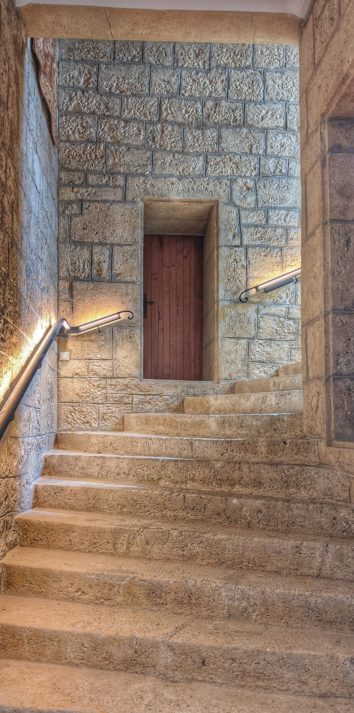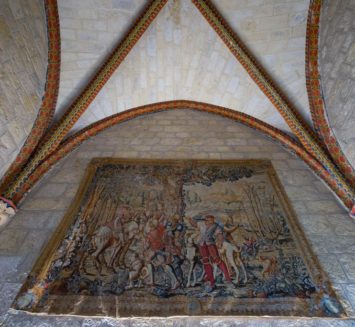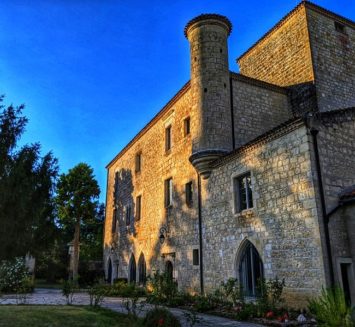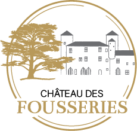THE DOMAIN
Comme tous les châteaux du Condomois, celui des Fousseries est sur un point haut dominant les vallées et offrant un point de vue unique, très apprécié au bord de sa piscine. Dans le domaine de 12 hectares, plus de 2000 arbres ont été plantés en 4 ans : arbres truffiers, oliviers, grumiers, cyprès, chênes d’Amérique, séquoias, noyers, châtaigniers s’ajoutent aux chênes, cèdres du Liban et tilleuls centenaires. Un décor qui offre de belles promenades reposantes sans le moindre bruit nuisible.
A proximité, les sujets de visite sont très nombreux : village des antiquaires à Lectoure, croisière sur la Baïse menant au Château Henri IV, Abbaye de Flaran, Collégiale et jardins de Coursiana de la Romieu, musée d’Eauze avec son fameux trésor d’époque romaine, sans compter les nombreux villages fortifiés… l’histoire est à chaque détour de chemin !
Le Château des Fousseries a été entièrement rénové en 2019/2020 pour offrir des chambres d’hôtes de luxe, 2 cabanes dans les arbres avec spa et 1 gîte pour 6/8 personnes au bord de la piscine.
Les équipements répondent aux attentes d’une clientèle des plus exigeantes : chambres élégantes et spacieuses avec une literie digne d’un 5 étoile, mobilier contemporain, climatisation, minibar, sans oublier la meilleure connexion wifi avec la fibre.
THE HISTORY OF THE CASTLE
Le Château des Fousseries a été construit en 1211 par le seigneur de Fosserie. Parti en guerre contre les albigeois, les fameux cathares, il est revenu en 1213 gravement blessé aux jambes, avec de grandes difficultés pour se déplacer. Il a alors demandé à l’Évêché l’autorisation de construire la chapelle attenante au château. Elle lui a été accordée par l’Évêque….
En remerciement des services rendus à l’Église. Construite en 1214 cette chapelle assure encore quelques offices et donne l’heure 2 fois par jour avec un joli carillon que vous entendrez à midi et 19H. Pour la petite histoire, le Seigneur de Fosserie pouvait ainsi se rendre de sa chambre à la chapelle directement par un passage secret qui existe encore.
THE SWIMMING POOL
AND ITS STUNNING VIEW
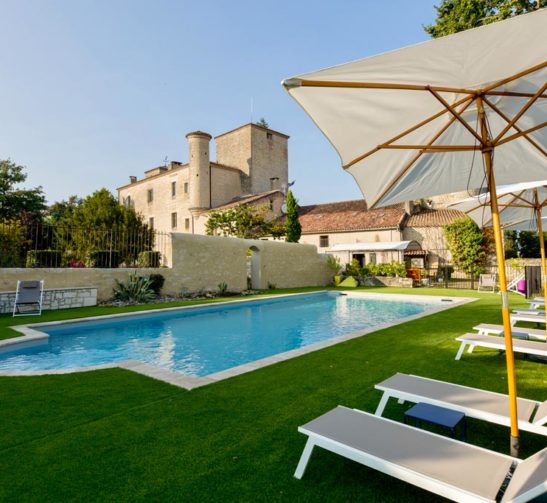
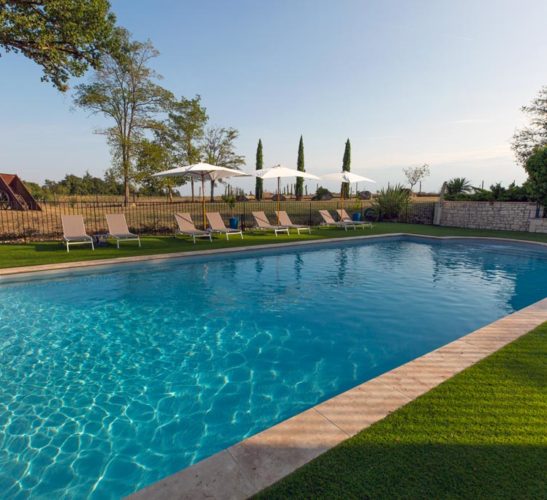
THE TREE PARK
AND ITS PERCHED CABINS
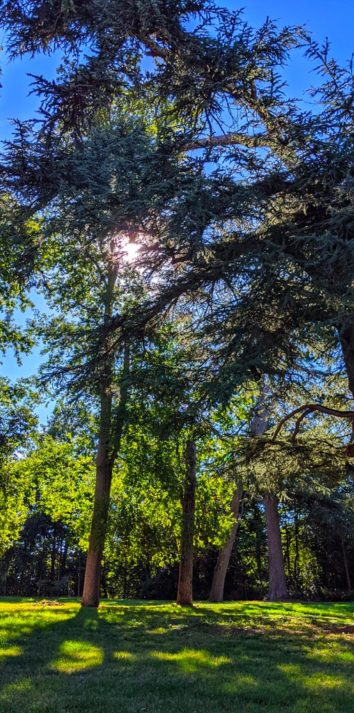
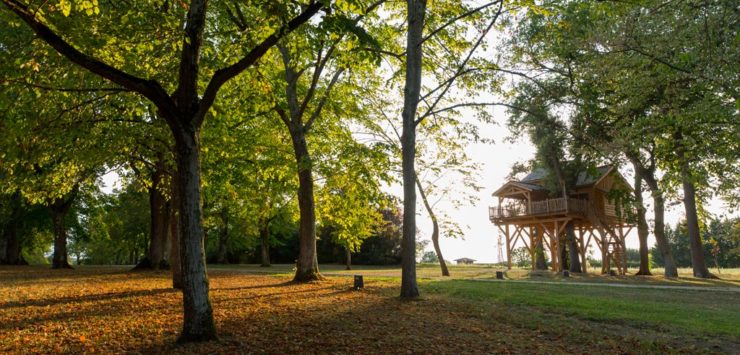
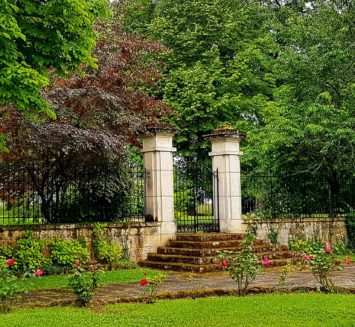
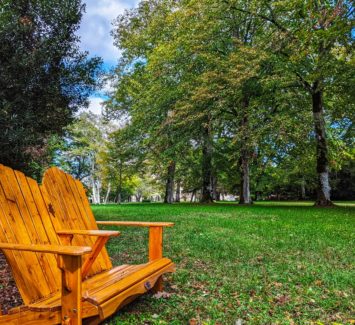
THE GRAND SALON
AND ITS MONUMENTAL CHIMNEY
